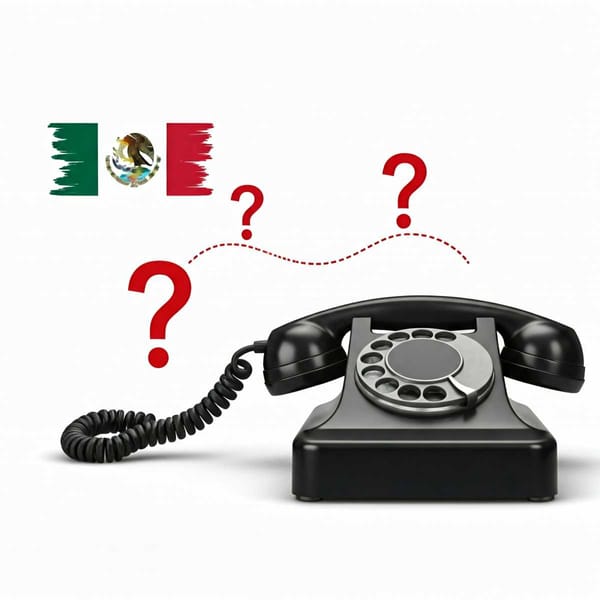Suleiman I the Magnificent, the greatest Ottoman sultan
This article will go into Suleiman I the Magnificent's legacy, examining his many victories and the lasting effects he had on the world.

Suleiman I (1520–1566), rightly nicknamed "Lawgiver" by the Turks and "Magnificent" by the Westerners, was undoubtedly the most important sultan in the history of the Ottoman Empire. During his reign, it reached its maximum prestige and splendor, and the sultan occupied a relevant role in the European politics of his time.
In the interior, he carried out great legislative work, adapting the Turkish institutions to the need to administer the vast territories dominated by the Ottomans. Militarily, he reasserted his authority in the East and West using thirteen military campaigns that extended his dominions from the borders of Austria to the Persian Gulf, from the shores of the Black Sea to the borders of Algeria and Morocco.
Suleiman I the Magnificent: From Belgrade to Rhodes and the European Political Landscape
The Shah of Persia was no longer a dangerous rival after his father's Selim I campaigns against the Safavid. To reach Anatolia from Persia, major mountain ranges had to be crossed, which prevented a surprise attack. So, Suleiman turned his attention first to the West. To open the doors to Europe, he quickly attacked Hungary and took Belgrade in 1521.
He then attacked the headquarters of the Knights of the Order of St. John at Rhodes, which hampered his communications in the eastern Mediterranean, and after a six-month siege, he took the island. The Knights of the Order of St. John were forced to abandon Rhodes and settle in Malta.
Two external events exerted great influence on Ottoman policy. In 1519, King Charles I of Spain had been elected head of the Holy Roman Empire under the name Charles V. Immediately, a struggle for supremacy in Europe erupted between Charles V and Francis I of France, also a contender for the Holy Roman Empire's throne.
In 1525, Charles V defeated Francis I at Pavia, and the latter immediately sent an embassy to Suleiman I for help. Moreover, after the death of Shah Ismail, his successor, Shah Tahmasp, asked the King of Hungary and Charles V for help. A system of alliances was thus established, bringing Suleiman I fully into European politics.
Suleiman I the Magnificent: From Hungary to Vienna and the Struggle for European Supremacy
Suleiman attacked Hungary again, and after the brilliant victory at Mohács (1526), in which Louis II of Hungary died, all hopes of a united and independent Hungary vanished. The northern part of Hungary was practically annexed by Austria, although to cover the forms, he named Ferdinand of Habsburg king of Hungary, while Suleiman established the independence of the central and southern parts and favored the appointment of John Zapolya, prince of Transylvania, as king of Hungary, although it was a vassal state of the Ottoman Empire.
Zapolya proved to be a weak wall against the power of the Habsburgs, and Ferdinand reconquered the central part of Hungary. Suleiman launched a new campaign, expelled the Habsburgs from Hungary, and laid siege to Vienna itself (1529). However, after three weeks of siege, given the fierce defense of the Austrians and the logistical difficulties of maintaining the army so far from its bases, the Ottomans were forced to lift the siege. In his retreat, Suleiman I left a garrison of janissaries in Buda, and Zapolya undertook to pay an annual tribute.
In the same year, Francis I signed a peace contract with Emperor Charles V (Cambrai, 1529). But he continued to instigate the Ottomans, whom he considered the only ones who could neutralize the power of Charles V in Europe, to attack southern Italy. In the meantime, Ferdinand attacked Buda again, and Suleiman started a new campaign toward Vienna. He also told Khayr al-Din Barbarossa, the lower captain of his fleet, to work with the French in the western Mediterranean.
Suleiman failed to draw the Austrian army into a pitched battle and had to confine himself to devastating large parts of Hungary and Austria. After the defeat inflicted on the Ottoman fleet by the emperor's fleet, under the command of the Genoese Andrea Doria, and the loss of the castle of Coron in Morea, a truce was formalized between Ferdinand of Habsburg and Suleiman I (1533), from which Charles V was excluded.
Suleiman I the Magnificent: The Conquest of Iraq and the Limits of Ottoman Expansion
The establishment of the Ottomans in the eastern part of Anatolia constituted a permanent threat against Tabriz and Iraq, so Shah Tahmasp I continued to encourage the revolt of the Turkmen tribes sympathetic to Sufism, as his father, Shah Ismail, had done, until the uprising of the bey of Bitlis, who placed himself under the shah's protection.
Suleiman I began his eastward campaign in 1533. He marched on Azerbaijan, where he conquered Tabriz, and then moved on to Iraq, occupying Baghdad in 1534. After this conquest, the Ottoman Empire extended its dominion over all the former territories of the Arab world, making Suleiman I the undisputed successor of the Abbasids.
After this campaign, the Ottomans controlled the silk route, which went from Tabriz to Bursa and Aleppo, and the trade route with India, which went through Basra, Baghdad, and Aleppo. However, they were not able to get rid of the competition from the Portuguese, who used the sea route around Africa to reach European markets at competitive prices.
To secure his dominion over the conquered areas and maintain the re-established trade routes, Suleiman encouraged the settlement of related populations in Iraq and established a garrison of 2,000 janissaries in Baghdad. But it became clear that the Ottoman Empire had reached its maximum expansion in the East, as it had in Europe before the gates of Vienna because it had reached the limit of its supply and communication possibilities from its base in Istanbul.
Suleiman I the Magnificent: The Ottoman-Habsburg Struggle for Hungary and Cooperation with France
The death of John Zápolya in 1540 brought the Hungarian question to the fore again, and Ferdinand of Austria rushed to attack Buda in a new attempt to regain Hungary. Suleiman repulsed Ferdinand and recaptured Buda. He annexed the central part of Hungary to the Ottoman Empire and left John Sigismund, Zápolya's son, the principality of Transylvania.
Between 1541 and 1544, there was active cooperation between Suleiman I and Francis I in their struggle against Charles V. The sultan ordered Barbarossa to cooperate more with France. After repulsing Charles V in his attempt to seize Algiers and ravage the Italian coasts, Barbarossa, in command of a Turkish-French squadron, laid siege to Nice.
However, despite the dispatch of a small force of French artillery to Hungary to reinforce the Ottoman army, Suleiman was convinced that France had not done what was necessary to destroy Charles V's fleet, and in 1545 he signed the first truce with Charles V, which was confirmed two years later with another for five years with Ferdinand of Austria and Charles V. This peace treaty said that Ferdinand had to pay a tax of 30,000 gold pieces every year to keep the northern part of Hungary that he had taken over.
As soon as the Ottomans withdrew from the East to attend to the European front, the Persians began their counter-offensive to regain Tabriz. In 1548, Suleiman launched a new campaign against Persia and took Tabriz for the second time. The war in the east went on and off until 1555 when the Peace of Amasya was signed. This put Tabriz and Baghdad under Ottoman control for good.
Suleiman I the Magnificent: The Final Campaign and the Legacy of the Ottoman Golden Age
When Ferdinand and the sultan disagreed about who should rule Transylvania, it led to more fighting in Hungary. A new peace was made with Ferdinand in 1562 when Ferdinand gave up his claims to Transylvania and agreed to keep paying tribute to the sultan.
However, when the new king of Hungary, Maximilian, acceded to the throne, he refused to pay the tribute that had been accepted by his predecessor. Suleiman had to undertake his last campaign, marked by the siege of Szeged, which surrendered after several months of resistance a few days before Suleiman's death at the age of seventy.
The sultan's death was kept secret to give his son Selim time to reach Istanbul and be proclaimed sultan without further trouble. Peace with Austria was signed two years later, on similar terms to the stability of 1562. The reign of Suleiman I is important, not only for his conquests and law-making but also for the intense cultural and artistic activity displayed during his reign. His era is truly the golden age of the Ottoman Empire.
His strong personality makes Suleiman I one of the great figures of history, competing with other great figures of his time, such as Charles V and Francis I. It is impossible to study and understand the history of Europe in the 15th century without taking into account the person of Suleiman I, rightly called the Magnificent.




